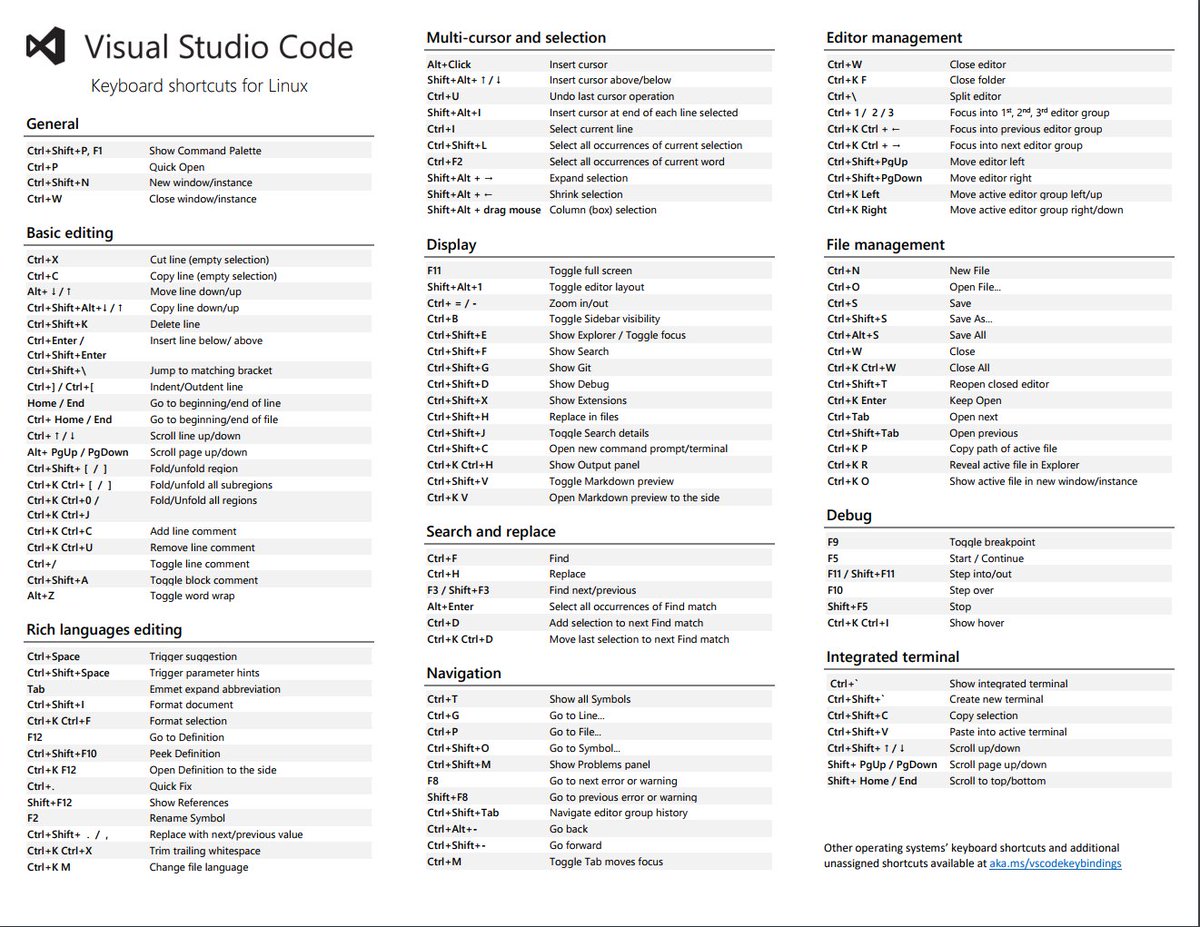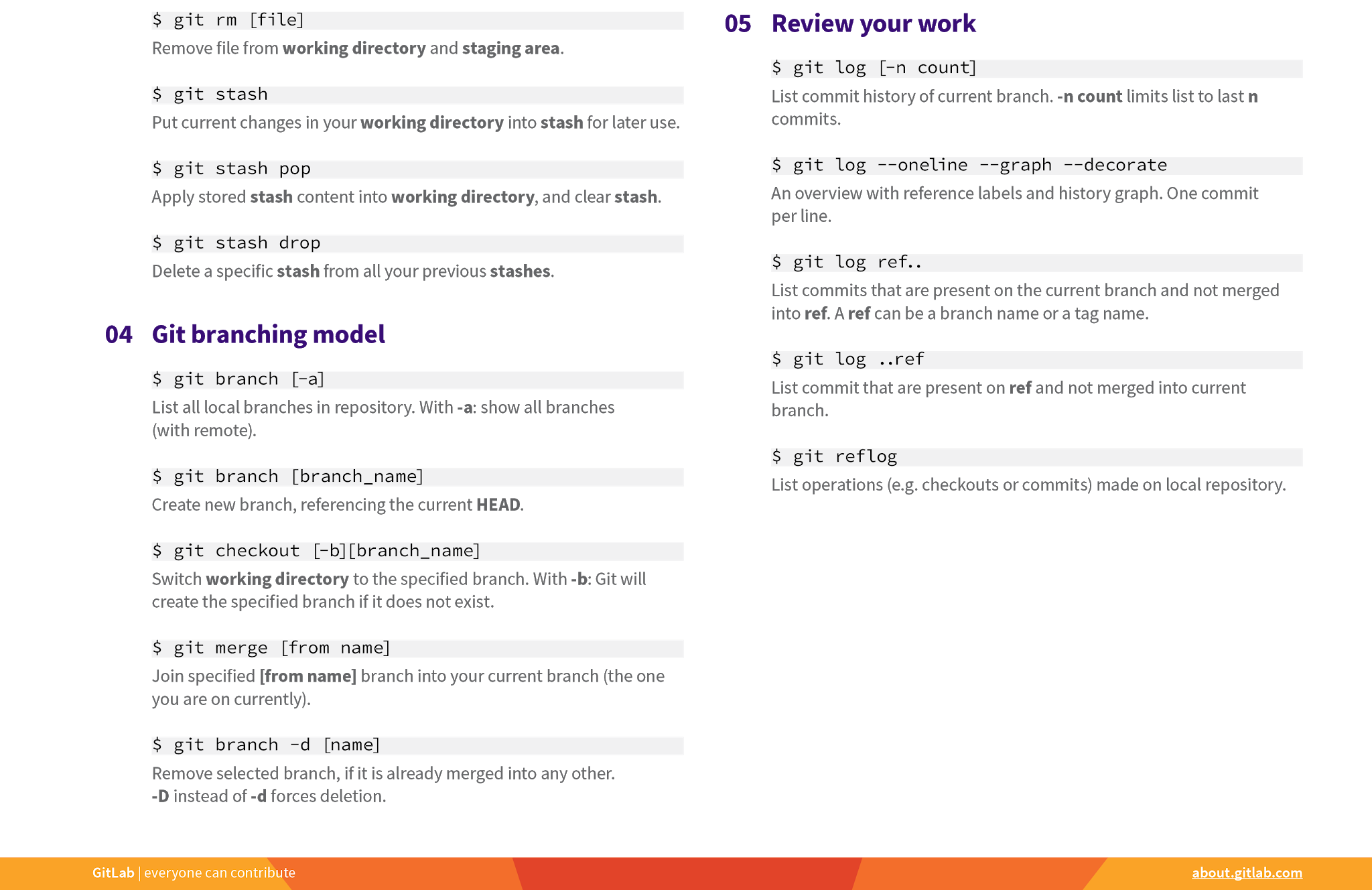

If you are trying to execute a commit and forget to insert the -m parameter for entering a commit message you might end in the standard text editor. Handling Commits Commit changes with a commit message

Warning: Could add files that were not intended to! git add -A After a git-add you still need to locally commit and perhaps push your changes to the server. Git clone Adding files Update all files with changesīefore updating your changes be sure to have added your files to git, so git knows about them. Remote Repositories – Fetching, Pulling, MergingĬloning a repository actually creates a local copy whith which you can work.create small feature branches and re-base/merge regularly so you do not have large merging sessions which are frustrating and cost a lot of unnecessary time.add meaningful commit messages so others (and maybe you yourself) can understand what you have been doing and why.commit code changes made in context of a task.introduce a new function and its corresponding unit-test jointly in one commit.keep the amount of code in a commit small, and it should form a logical unit.

Here are some basic rules I try to keep in mind when working with git: So really be thoughtful about your branching, merging and pulling strategies and keep the discipline in your team high. As much benefits git brings to you, it can get really messy if you start branching, merging and re-basing with more than one developer. When you are new to git, maybe coming from the Microsoft Source Control-World, I suggest you really get to know the basic ideas behind git and its functionality. Therefor I started creating my own little cheat sheet with my most commonly used git commands – which I want to share with you in this article. I also feel that the official git-documentation is quite lengthy and you need some time to figure out what you really need. And mostly you will find some merge conflicts that need to be resolved. If you use the git-bash command line and pull from the repo you get a more detailed information about what went wrong. I just collected some git-commands in this cheat sheet you would want to use as a Visual Studio Developer who is new to git and for a start only wants to get some work done. Visual Studio 2017 already has a good basic support for git but when it comes to merge-conflicts or managing different branches and states it can be a bit bumpy.įor example: When merge conflicts occur when pulling with Visual Studio then the pull request is aborted without any details.


 0 kommentar(er)
0 kommentar(er)
